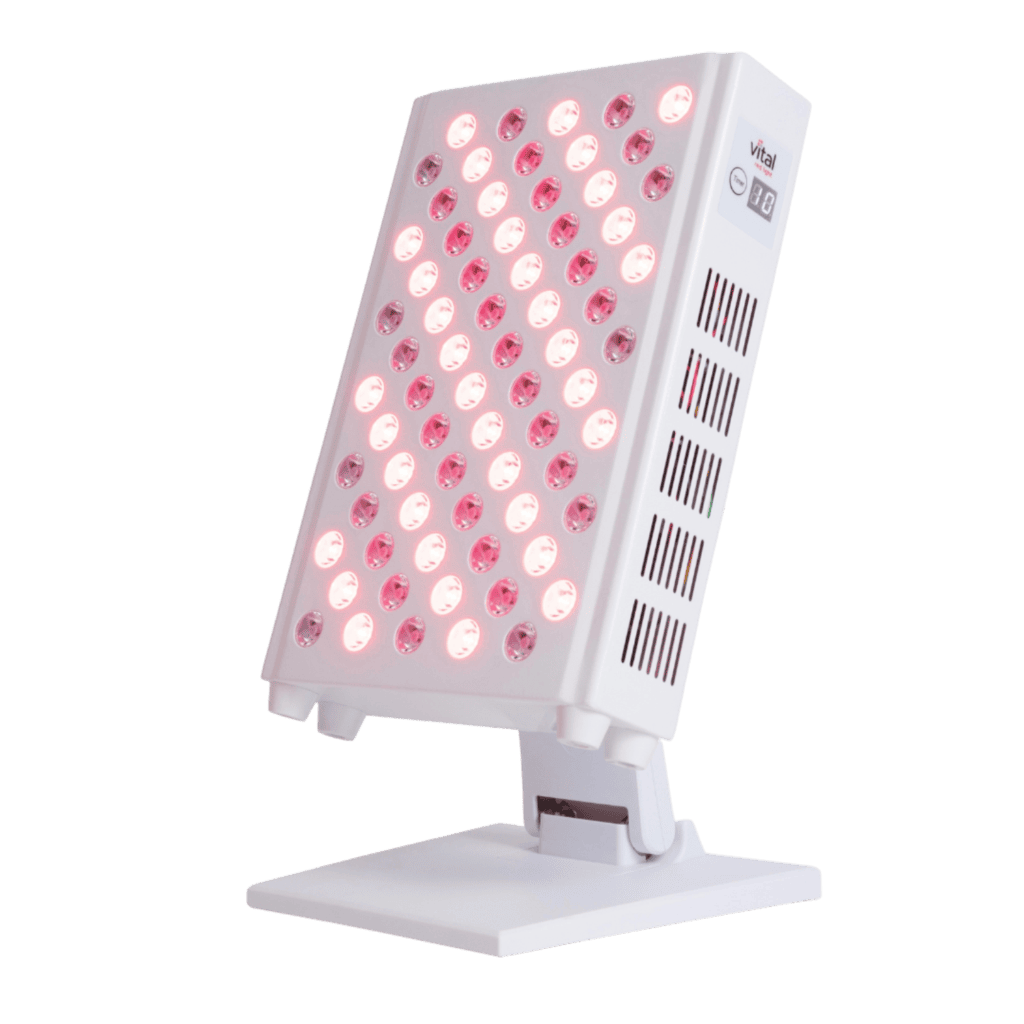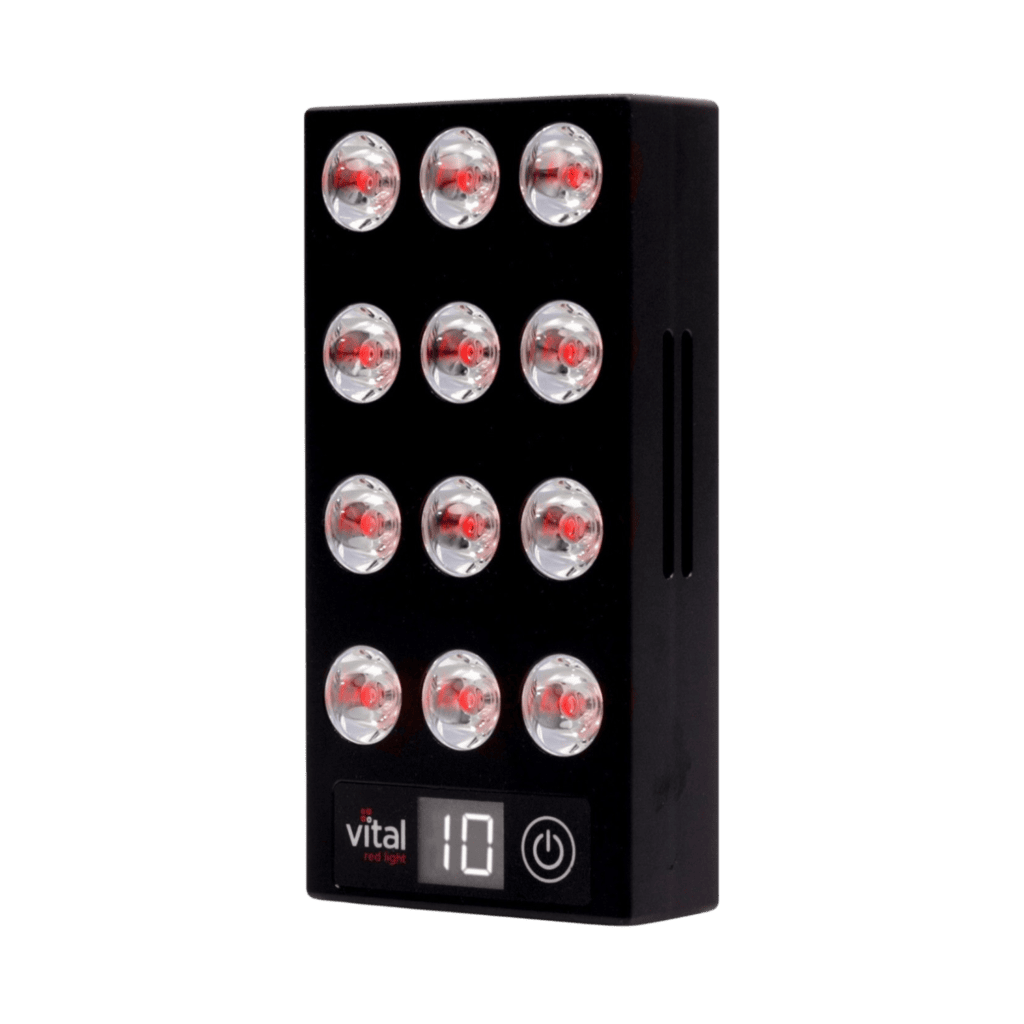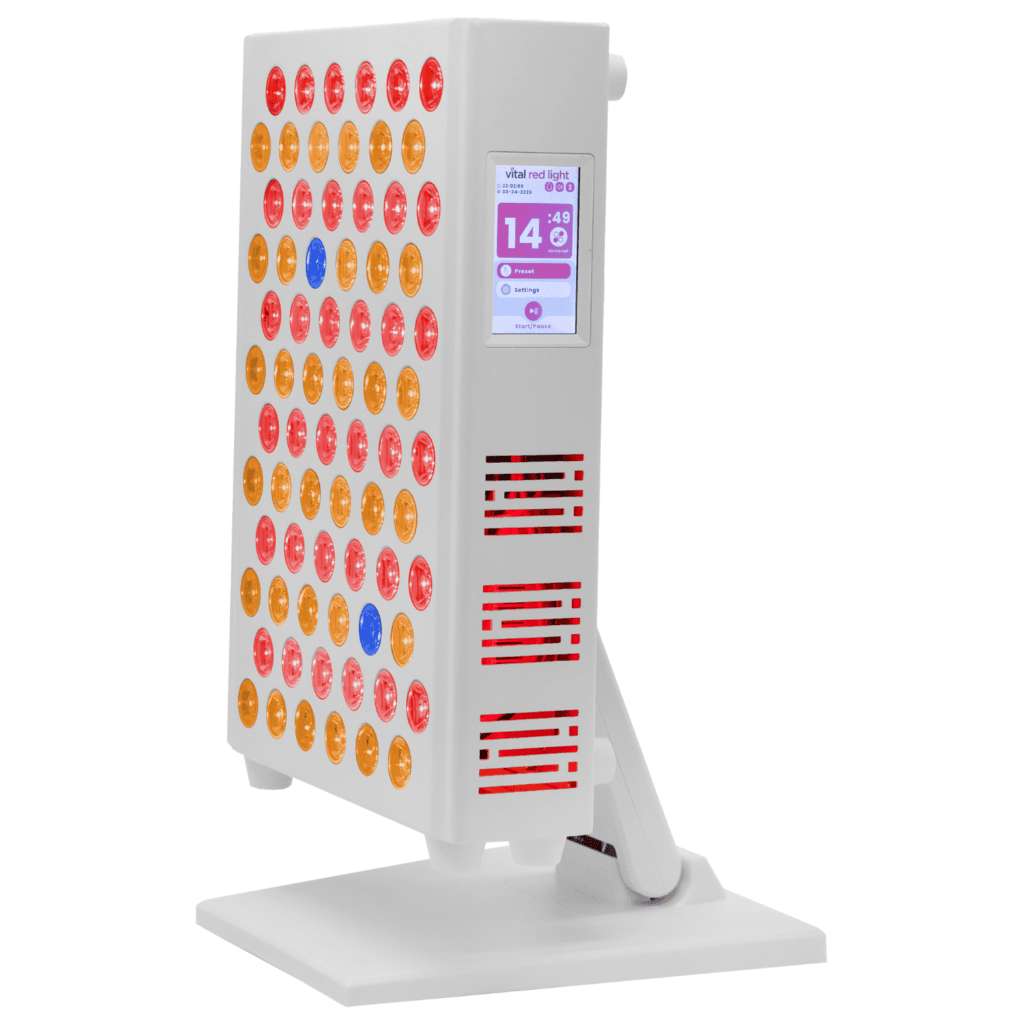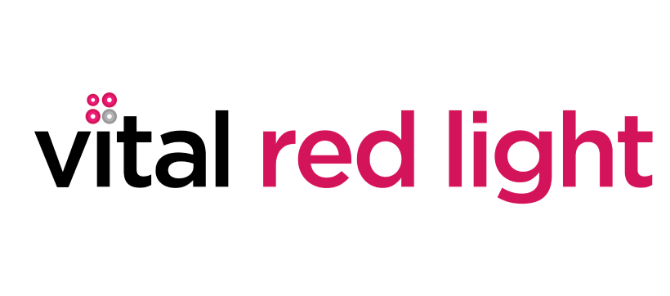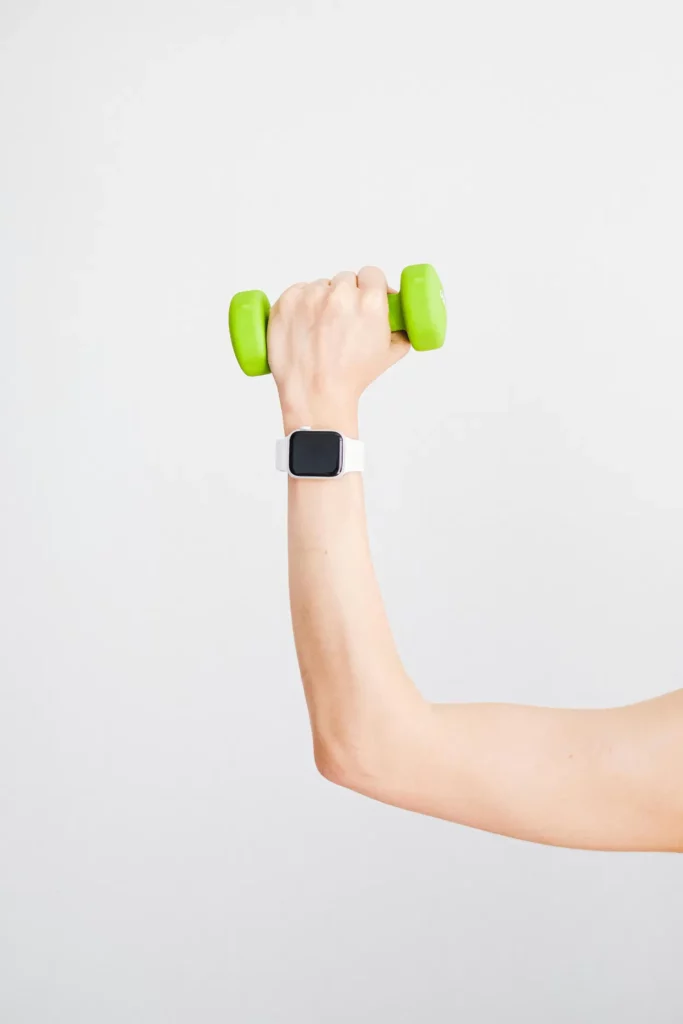
Bio hacking health, often described as “DIY biology,” is a growing movement focused on making intentional, data-driven changes to improve physical, mental, and emotional wellbeing. From nutrition and sleep to wearable tech and cutting-edge therapies, biohacking offers both simple lifestyle tweaks and advanced interventions—all with the goal of boosting performance, health, and longevity.
What Is Bio hacking health?
At its core, bio hacking health is about understanding how your body works and using that knowledge to improve it. This may include adjusting your diet, sleep, exercise, and supplement routine—or in more advanced cases, integrating wearable devices or IV nutrient therapies.
While the term can sound futuristic, many common habits already fall under biohacking: intermittent fasting, meditation, cold exposure, or tracking sleep with a smartwatch. The principle is simple: measure, adjust, and improve.
Why It’s Gaining Momentum
Bio hacking health empowers individuals to take control of their health, often beyond what traditional healthcare offers. In a world where chronic illness and stress are prevalent, people are seeking preventative solutions that are personal, trackable, and proactive.
With growing awareness of how modern lifestyles affect health, biohacking has become a way to counteract everyday exposures—poor sleep, processed food, blue light, and environmental toxins—through small, consistent interventions.
Popular Bio hacks That Work
- Intermittent Fasting
Restricting eating to a set window (e.g., 12pm–8pm) can improve insulin sensitivity, reduce inflammation, and support weight management. Studies show fasting may enhance metabolic health and increase cellular resilience. - Cold Water Therapy
Immersing in cold water (below 15°C) can support cardiovascular function, reduce stress, and improve mental clarity. Cold exposure must be approached gradually and with professional guidance to minimise risks like hypothermia. - Wearable Tech
Devices like smartwatches and fitness trackers allow users to monitor sleep, heart rate, activity, and stress. Advanced users may incorporate continuous glucose monitors or sleep optimisers to fine-tune routines. - Caffeine & Nootropics
Moderate caffeine boosts focus and alertness. Other nootropics, like creatine or L-theanine, may support cognition. Prescription versions like Adderall or Ritalin should only be used under medical supervision. - Light Management
Morning exposure to natural sunlight supports circadian rhythms and hormone balance. At night, reducing blue light can improve melatonin production and sleep quality. - Personalised Nutrition
Nutrigenomics explores how your genes interact with food. Personalised meal plans based on genetic testing are helping individuals make informed dietary choices that support longevity and disease prevention.
Advanced Biohacking Techniques
Biohackers may also explore more clinical methods:
- IV Therapy & IM Injections: Deliver vitamins, minerals, or NAD+ directly to the bloodstream for enhanced absorption and rapid effects.
- Bioidentical Hormone Replacement: Supports those with age-related hormonal decline to restore energy, libido, and mental clarity.
- Regenerative Therapies: Techniques like PRP injections support tissue repair, reduce pain, and aid recovery.
Risks and Considerations
While many forms of biohacking are low-risk, there are dangers in unregulated, extreme practices—especially when it involves genetic editing, implantable devices, or self-administered drugs. Lacking ethical oversight or safety protocols, some approaches can lead to harm.
Always consult a qualified healthcare provider before starting new supplements, therapies, or restrictive diets. Not all bio hacks suit every body.
The Bottom Line
Bio hacking health isn’t about being perfect or doing everything at once. It’s about taking control of your health in a way that works for your biology. Whether you’re tracking your sleep, upgrading your nutrition, or exploring hormone optimization, the goal remains the same: live better, longer, and with more clarity and energy.
Start small. Stay consistent. And let your data guide the way.


